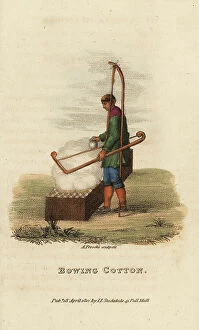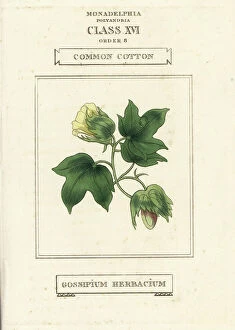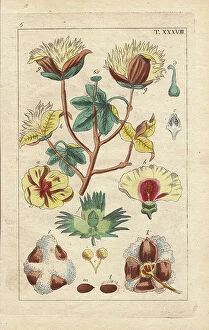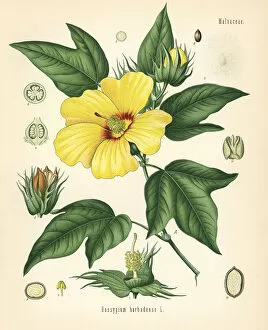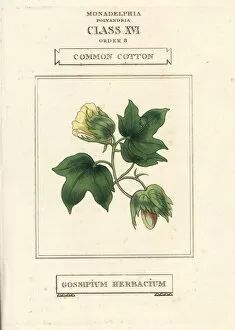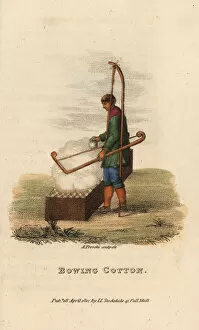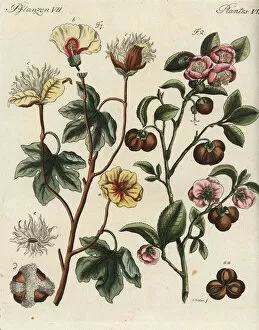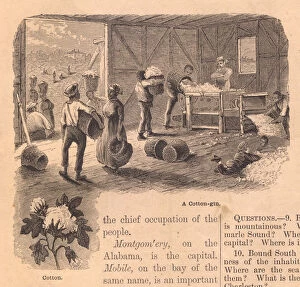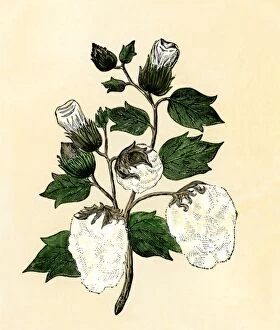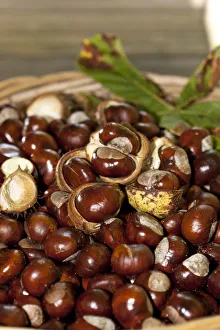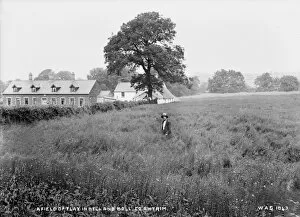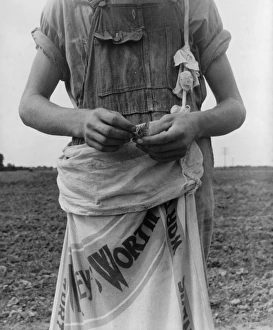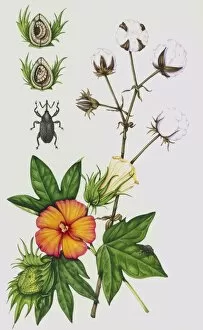Boll Collection
In 1974, Russian writer Alexander Solzhenitsyn and German writer Heinrich Böll found solace in each other's company outside Böll's residence in Langenbroich
All Professionally Made to Order for Quick Shipping
In 1974, Russian writer Alexander Solzhenitsyn and German writer Heinrich Böll found solace in each other's company outside Böll's residence in Langenbroich, West Germany. This meeting took place shortly after Solzhenitsyn's exile from the Soviet Union, highlighting their shared experiences as literary figures navigating political turmoil. Heinrich Böll, a prominent German writer born in 1917 and passed away in 1985, left an indelible mark on literature with his insightful works. His contributions to the literary world continue to be celebrated today. As we delve into history, we come across an advertisement for the Cotton Bale Medicine Company dating back to around 1888. This colorful lithograph showcases eight cotton bale remedies that were likely used during that era. It serves as a reminder of how medicine has evolved over time. Traveling further back in time, we encounter a vibrant lithograph depicting a cotton plantation on the Mississippi River from 1884. This image transports us to an era when cotton played a significant role in shaping economies and societies. The depiction of a blacksmith or goldsmith at work in Senegambia during the 18th century offers glimpses into traditional craftsmanship within this region of Africa. It reminds us of the rich cultural heritage present throughout different parts of our world. Moving onto botanical aspects related to cotton plants, we observe sprigs of various types such as Gossypium hirsutum (commonly known as common cotton), Gossypium barbadense (known as sea island cotton), and Gossypium herbaceum (also called Levant cotton). These illustrations highlight the diversity within this plant species and its significance throughout history. A fascinating glimpse into Chinese culture is captured through an illustration showcasing Qing Dynasty-era practices where men are seen bowing before rows of growing cotton plants. This portrayal sheds light on the deep-rooted traditions and reverence associated with cotton cultivation.



